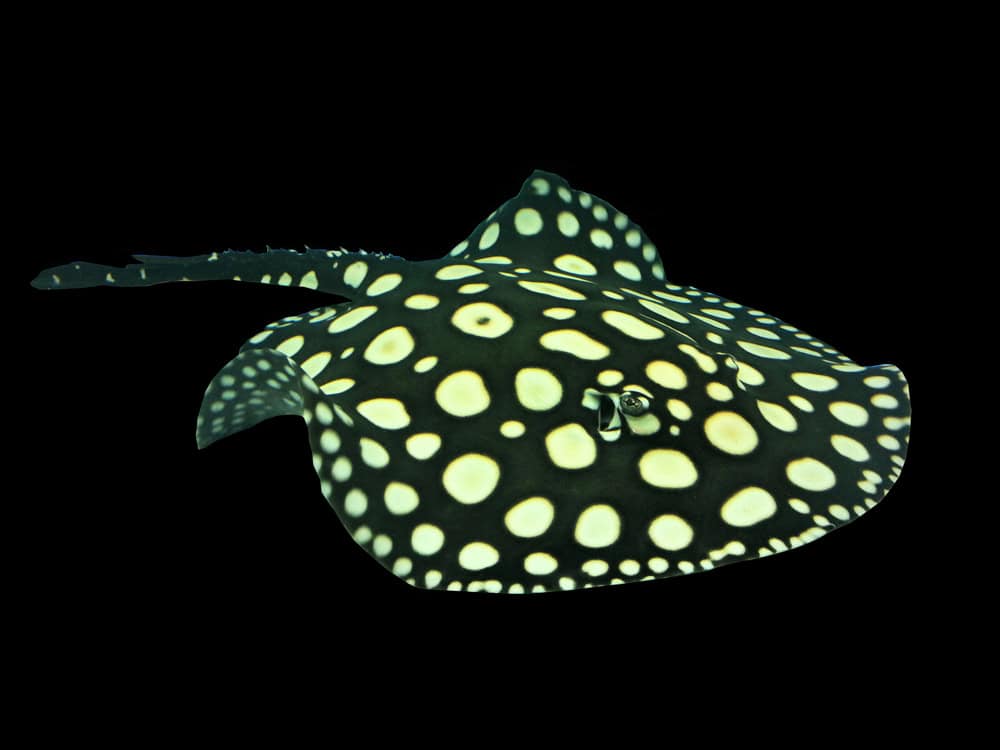In a world dominated by major languages like English, Spanish, and Mandarin, countless other languages teeter on the brink of extinction. These rare languages, each with a unique history and cultural significance, offer invaluable insights into human diversity. Despite the challenges they face, efforts to preserve and revitalize these languages are crucial for maintaining the rich tapestry of global linguistic heritage. Here are eight of the rarest languages still spoken today, each struggling to survive in the modern world.
Ainu
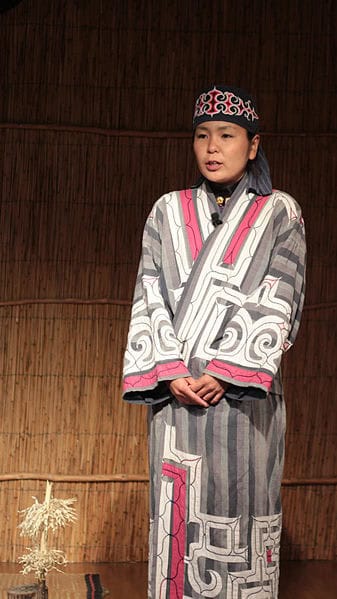
Ainu, spoken by the indigenous people of Japan’s Hokkaido region, is critically endangered. With less than 100 speakers, efforts are underway to revive this unique language. Ainu features a complex phonetic structure and lacks written records, making preservation challenging yet vital for cultural heritage.
Kawésqar
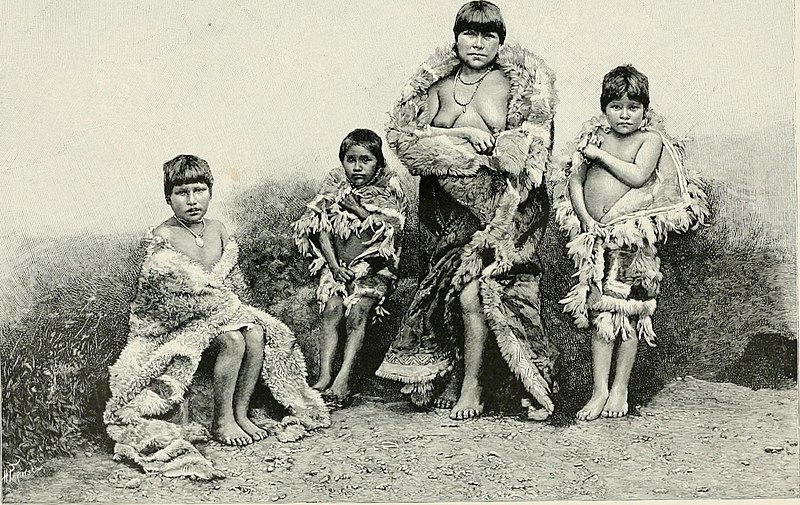
Kawésqar, spoken by the indigenous Kawésqar people of Chile’s Patagonian region, faces the brink of extinction. With fewer than a dozen native speakers remaining, this language encapsulates the maritime traditions and intricate knowledge of the region’s harsh environment. Efforts to document and teach Kawésqar are crucial for its survival.
Yuchi

The Yuchi language, once widely spoken by the Yuchi people in the southeastern United States, now has fewer than five fluent speakers. This language, characterized by its unique tonal system and complex verb morphology, is the focus of revitalization programs to ensure it is passed on to future generations.
Gwich’in
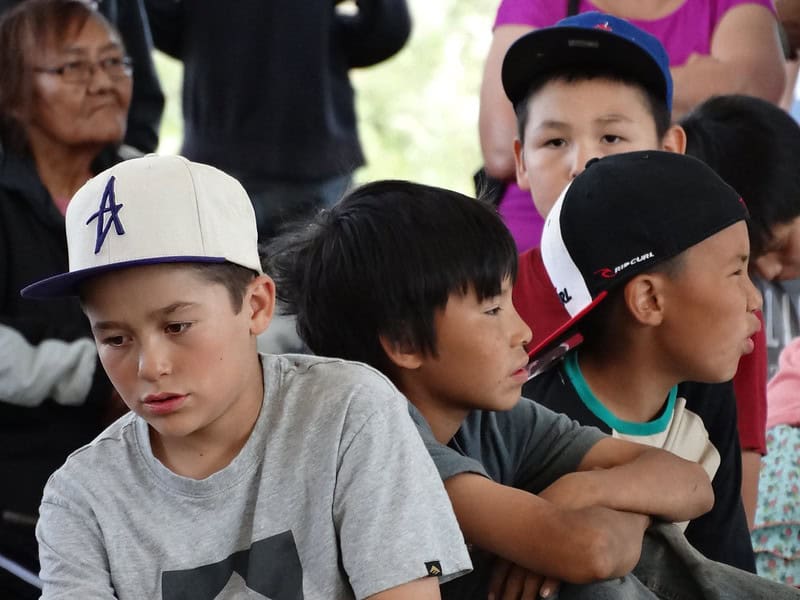
Gwich’in, spoken by the Gwich’in people of Alaska and northwestern Canada, has approximately 300 speakers. This Athabaskan language is crucial for maintaining the cultural heritage and traditional knowledge of the Gwich’in. Efforts to preserve and revitalize Gwich’in include educational programs and documentation projects.
Nahuatl

Nahuatl, once the language of the Aztec Empire, is still spoken by around 1.5 million people in Mexico. Despite its large number of speakers, Nahuatl faces threats from Spanish dominance. Efforts to revitalize Nahuatl focus on incorporating it into educational systems and media.
Shinnecock
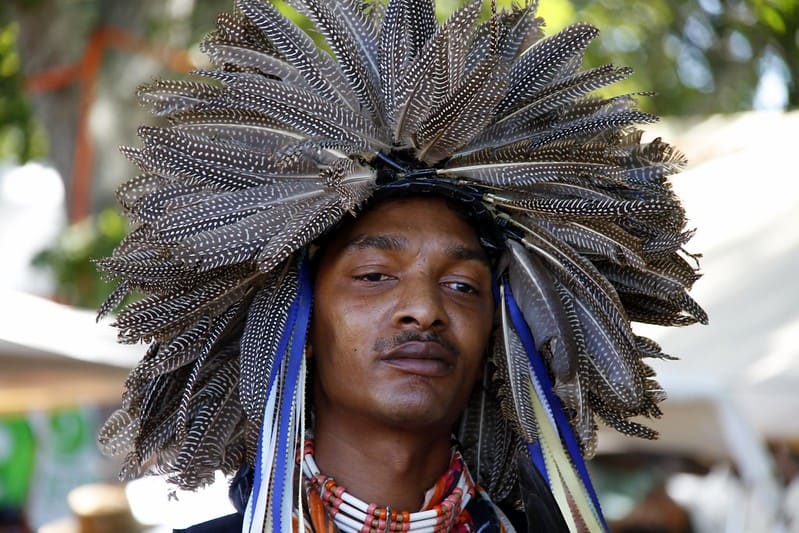
Shinnecock, spoken by the Shinnecock Indian Nation in New York, has few fluent speakers. Efforts to revive this Algonquian language include language classes and cultural programs aimed at teaching Shinnecock to younger generations.
Udmurt
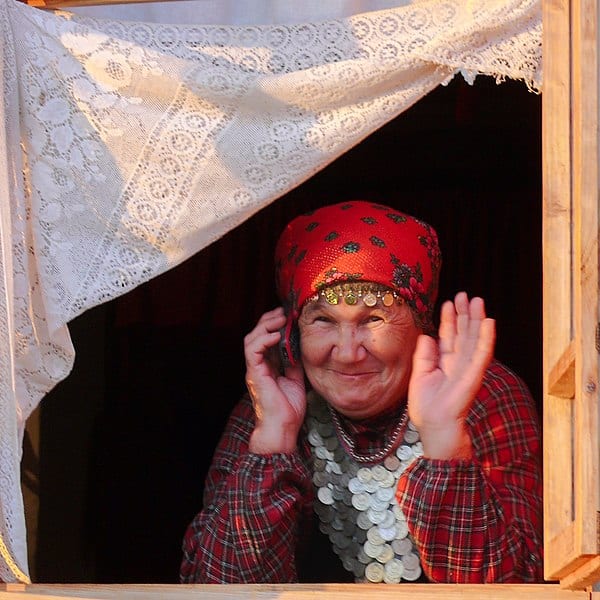
Udmurt, spoken by around 550,000 people in the Udmurt Republic of Russia, is a Finno-Ugric language. While not immediately endangered, Udmurt faces decline due to the dominance of Russian. Efforts to preserve Udmurt include promoting its use in education and media.
Walpiri
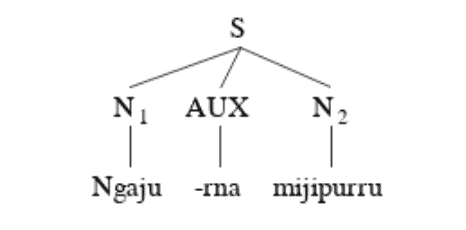
Walpiri, spoken by the Warlpiri people in Australia’s Northern Territory, has about 3,000 speakers. This Australian Aboriginal language is notable for its complex verb structures and rich oral traditions. Revitalization programs focus on teaching Warlpiri to younger generations and recording traditional stories.
This article originally appeared on Rarest.org.
More From Rarest.Org
New York City, renowned for its diverse and vibrant neighborhoods, is home to some of the most expensive real estate in the world. From the historic charm of Tribeca to the modern luxury of Hudson Yards, each neighborhood offers a unique blend of culture, amenities, and upscale living. Read more.
The 20th century was a period of remarkable innovation and technological advancement. From transforming how we communicate to revolutionizing medicine and transportation, the inventions of this era have profoundly shaped the world we live in today. Read more.
Creating a vibrant and captivating aquarium involves more than just adding colorful fish. For enthusiasts seeking something truly unique, rare tropical fish offer an extraordinary experience. Read more.



